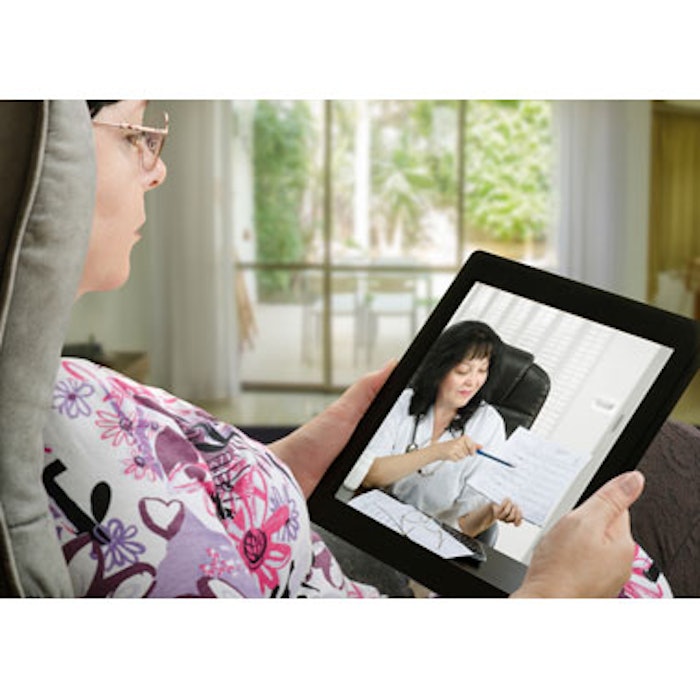
Telemedicine programs provide an effective alternative to in-person clinic visits for follow-up evaluation after plastic surgery procedures for patients in rural areas, reports a study in the August issue of Plastic and Reconstructive Surgery.
Plastic surgeon John F. Nigriny, MD, of Dartmouth-Hitchcock Medical Center in Lebanon, New Hampshire, and colleagues evaluated 72 patients who underwent telemedicine visits for follow-up evaluation after noncosmetic plastic surgery procedures. The patients lived in rural areas of New Hampshire or Vermont, with an average travel time of 30 to 60 minutes to the medical center.
In an initial survey, nearly 75 percent of patients said they would prefer a traditional, in-person visit for follow-up evaluation. Younger patients were more likely to say they felt comfortable with the telemedicine technology. But in a follow-up survey, nearly all patients expressed satisfaction with their telemedicine visit. Ninety-six percent said they were able to get all their questions answered during the visit, and that they would use the telehealth option for future follow-up care.
“While initially hesitant to opt for a telehealth encounter in lieu of a traditional clinic visit, the great majority of patients voiced satisfaction with the telehealth experience,” said Dr. Nigriny.
In the paper, Dr. Nigriny and coauthors noted that in preoperative surveys, they found that one-half of patients treated at their plastic surgery department had to travel at least 30 minutes for clinic visits. This led to the development and initial evaluation of a telemedicine system to improve access to follow-up evaluation after plastic and reconstructive surgery procedures for patients in rural areas.
Borrowing a quality improvement and defect reduction process that has proven effective in the business and manufacturing sectors (the Lean Six Sigma framework), the researchers developed a “testable workflow” for telehealth visits. This process addressed a wide range of issues to optimize clinical efficiency for remote follow-up evaluations, including cellular phone network requirements (at least 2G) and a secure, encrypted videoconferencing system.
On the day of the telemedicine sessions, a visiting nurse with specialty certification in wound care traveled to the patient’s home. The visiting nurse used an iPad to enable visual examination and communication between the plastic surgeon and patient. The nurse was present to perform hands-on tasks like changing dressings and removing sutures.
“These results show that plastic surgery telehealth can enable real-time clinical decision-making, expand access to providers, and decrease patient travel and wait times,” said Plastic and Reconstructive Surgery editor-in-chief Rod J. Rohrich, MD. “Telemedicine programs like this could improve healthcare access in underserved, rural areas and eliminate barriers to care.”
Image copyright iStock.com/verbaska_studio











